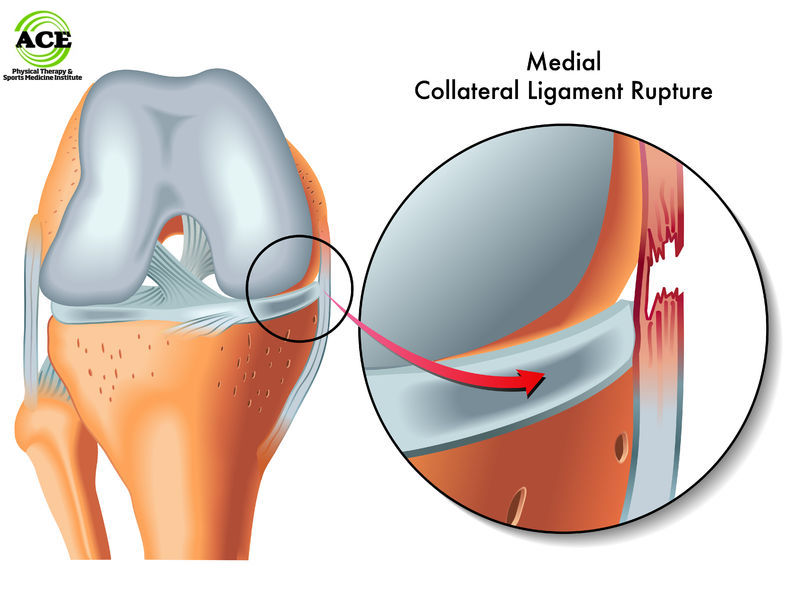All You Need to Know About MCL Injury

Introduction to MCL Injury
An MCL injury, or medial collateral ligament injury, is a common concern among athletes and active individuals, particularly in sports that involve rapid changes of direction or physical contact. The MCL is one of the key ligaments situated on the inner side of the knee, contributing to knee stability. Understanding MCL injuries is essential as they can significantly affect an individual’s mobility and overall quality of life.
What is an MCL Injury?
The MCL connects the thigh bone (femur) to the shin bone (tibia) and plays a vital role in stabilising the knee joint. An injury can occur due to a direct blow to the outside of the knee or during pivoting motions. Depending on the severity, MCL injuries are classified into three grades:
- Grade I: Mild sprain; the ligament is stretched but remains intact.
- Grade II: Moderate sprain; the ligament is partially torn.
- Grade III: Severe sprain; the ligament is completely torn.
Symptoms of MCL Injury
Individuals with an MCL injury may experience several symptoms, including:
- Pain on the inner side of the knee.
- Swelling and tenderness around the knee joint.
- Instability or feeling of the knee giving way.
- Stiffness and difficulty in bending the knee.
Diagnosis and Treatment
Diagnosis is typically established through a physical examination, where healthcare professionals assess the knee’s stability and check for swelling. Imaging tests, such as MRI or X-rays, may be used to determine the extent of the injury.
Treatment depends on the severity of the injury:
- Grade I: Rest, ice, compression, and elevation (RICE) are often sufficient for recovery.
- Grade II: May require physical therapy and the use of a stabilising brace.
- Grade III: Could necessitate surgical intervention if conservative treatments fail to restore knee stability.
Conclusion
Understanding MCL injuries is crucial for prevention and effective management. Early diagnosis and appropriate treatment can significantly enhance recovery outcomes. For athletes and active individuals, incorporating knee-strengthening exercises and proper biomechanics during sports can help mitigate the risk of injury. With advancements in rehabilitation techniques and supportive medical treatments, most individuals can expect a successful return to their pre-injury activity level.









